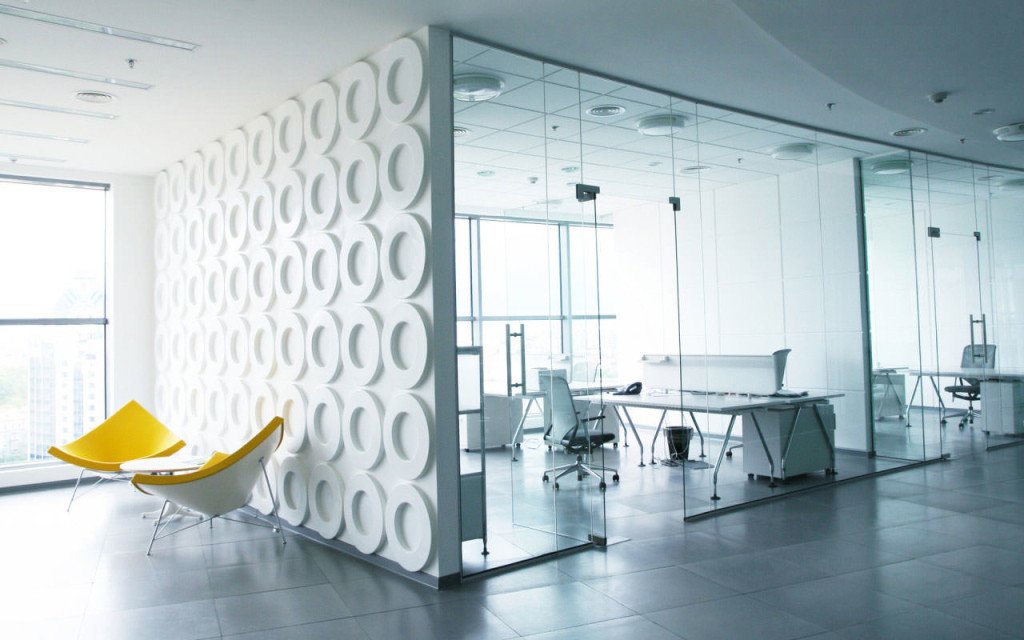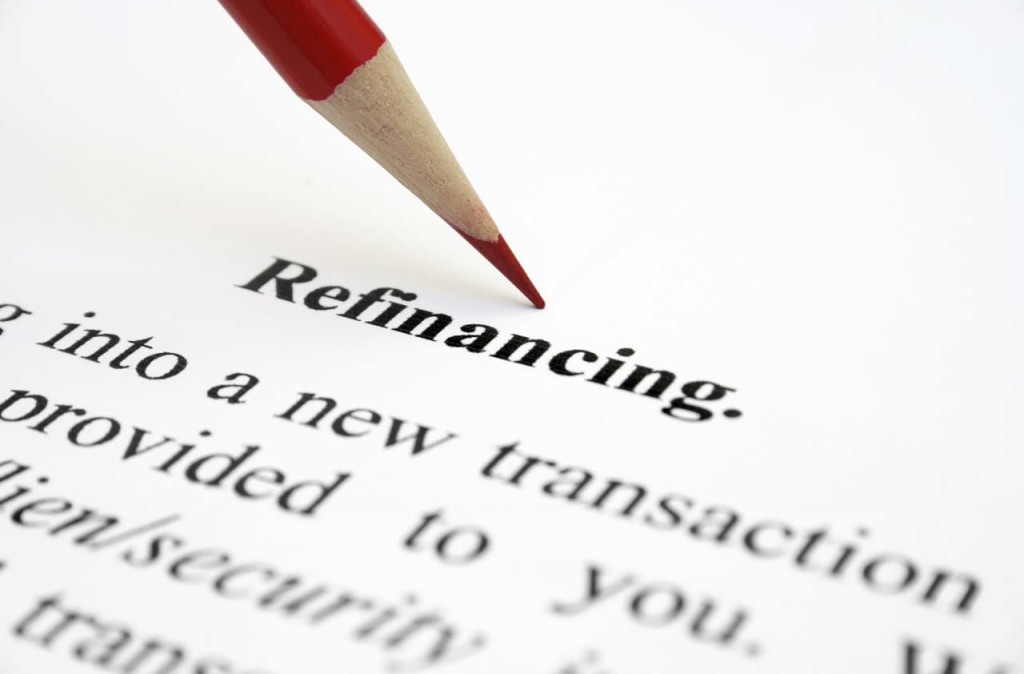The Orange County industrial real estate market is still on a bull run that began back in 2010 as the US economy began to recover from a systemic failure in the financial sector.
It seems like not so long ago we were bumping along a bottom and wondering whether or not the good times would ever roll again.
Well, the good times have been better than any of the experts would have thought, and the prolific run has sent investors, owner/users, tenants and buyers back to the drawing boards in terms of their real estate strategy for the future.
Want Parts 1-5?
-
Click Here to download all 5 parts of this guide to real estate strategy in a single PDF!
While it is true that every real estate strategy and decision is unique in its circumstances, there are a few basic strategies that are generally applied as it relates to the acquisition, disposition and leasing of industrial real estate.
Over the next several weeks we are going to take a look at what owners are pondering these days and we are going to start with the group that has the most to gain.
Real Estate Strategy for Long Term Owners

Those who are fortunate enough to have purchased their properties more than 15 years ago have the most to gain through disposition, especially if the acquisition was made in the 1990’s.
Both investor owners and owner/users in this category are in position for a windfall profit if they were to sell under current market conditions. In many cases, the value of their properties have risen exponentially since they were purchased.
For example: a 15,000 square foot building in Anaheim, acquired new circa 1980 sold in the $30-$35 per-square-foot range. That same building would bring as much as $200 per square foot today.
Even in inflation-adjusted dollars, that’s a whopper of a gain! Now, that sounds all well and good, but until a sales transaction or refinancing takes place, all that equity is just something nice to think about. But, if the property does sell, the consequences can be profound and not all good.
There are really five main options for the long term owner group. Let’s take a look at the first two:
1. Maintain the status quo

For many owners, the current situation may fit their overall investment strategy. Change isn’t automatically a good thing.
Investor owners enjoy the benefits of a market with low vacancy, rising rents and qualified tenants willing to sign long term leases.
Should their properties become vacant, they will lease quickly without having to spend much for tenant improvements. If low-risk and monthly cash flow are priorities, leaving well enough alone may be wise, especially for property owners nearing retirement age who are not looking to aggressively grow their portfolios.
However, having so much equity concentrated in one investment increases risk and precludes the use of leverage to maximize long term internal rate of return.
Owner/users who can still operate efficiently in existing facilities are often better off staying put because of the limited supply of quality product offered for sale or lease.
Even if their existing properties need further investment for deferred maintenance or retrofit, those costs may be offset by avoiding operational downtime, moving expenses and improvement costs for an alternate facility. This is especially true for manufacturers.
That being the case, most businesses undergo significant change over the long term, and operating in space that won’t support peak operating efficiency could have a major impact on operating profit.
2. Refinancing the Property

For those not interested in disposing of their assets, but want access to their equity, refinancing is a viable option.
Investor owners who have low debt levels on their properties are able to access equity through refinancing.
Taking cash out of a property through the placement of new debt is not a taxable event, and the cash generated can be used to acquire other assets or for any other purpose.
Refinancing is especially attractive today due to low fixed interest rates precipitated by the Federal Reserve Bank’s current monetary policy. Generally, investor owners are able to borrow up to 70% of a property’s current value, but actual loan amounts are a function of the current income stream. So, properties recently leased at today’s higher rates will qualify for higher loan amounts than those that have lower rental rates.
While refinancing does increase the risk of negative cash flow if the property becomes vacant, it is a great way to turn equity into cash.
Owner/users can also take advantage of today’s low rates by refinancing. Most major banks will loan up to 75% of appraised value without the rental income restrictions that come with investor loans.

Again, this is a great way to access equity for a variety of purposes, including the retrofitting of the property to increase operating efficiency without incurring the cost to move. Some banks will lend for up to 25 years at fixed rates in the low 4% range.
Refinancing will increase monthly occupancy cost, but for many that cost will be lower than it would be in another property.
Coming Up Next
In Part 2 of this discussion on real estate strategy, we take a close look at two more alternate investment strategies including cashing out and exchanging. Continue to Part 2 by clicking here or download all five parts of this article by clicking here.


Leave a Reply
You must be logged in to post a comment.